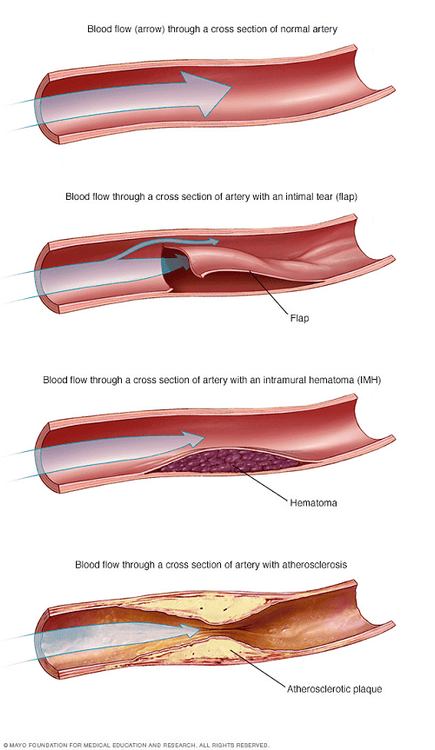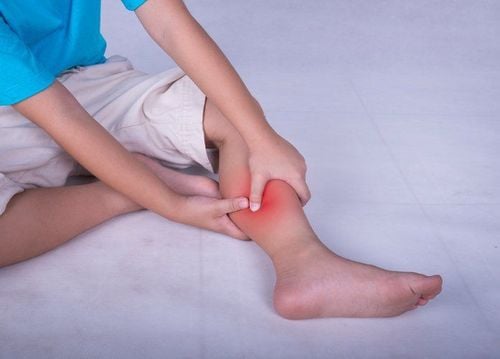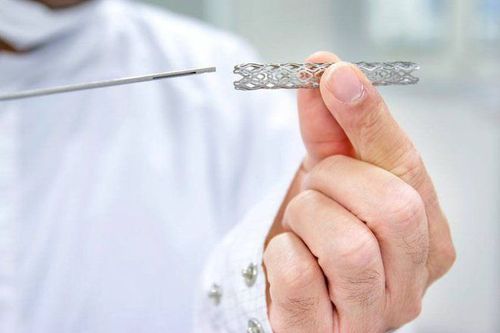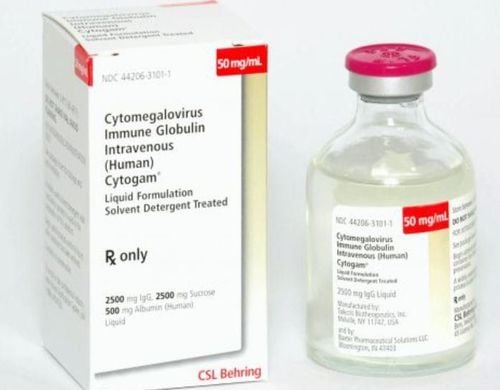This is an automatically translated article.
The article was professionally consulted with Master, Doctor Cao Thanh Tam - Cardiologist - Cardiovascular Center - Vinmec Central Park International General Hospital.Coronary artery dissection is a rare heart disease that often occurs in young women, is difficult to diagnose, and there is no way to prevent it. Is spontaneous coronary artery dissection dangerous? How to treat. The following article gives us a better understanding of coronary artery dissection.
1. What is coronary artery dissection?
Spontaneous coronary artery dissection is a rare emergency that occurs when a tear forms in the blood vessels that feed the heart.Spontaneous coronary artery dissection can slow or block blood flow to the heart, causing a heart attack, irregular heartbeat, or sudden death. The disease can occur at any age, but most cases occur in healthy people between the ages of 30 and 50.
The cause of arterial dissection is a ruptured coronary artery that reduces flow. blood flow to the heart leading to a heart attack.

2. Risk of coronary artery dissection
There are many risk factors for idiopathic dissection such as:Female: Although spontaneous dissection can occur in both men and women, it tends to affect to women more often. Childbirth: Some women with spontaneous coronary artery dissection give birth. Spontaneous coronary artery dissection occurs most often during the first few weeks after birth. Underlying Vascular Conditions: A number of underlying vascular abnormalities are associated with the disease, the most common being muscle fiber dysplasia (FMD), which causes abnormal growth of cells in the wall of the blood vessels. one or more arteries. This abnormal growth can weaken the artery wall, leading to a blockage, tear, or aneurysm. Dysplastic muscle fibers can also cause high blood pressure, stroke, and tears in other blood vessels. Fibromuscular dysplasia occurs more frequently in women than in men. Exercising too much: People who have recently done excessive exercise such as high-intensity aerobics.

3. Signs and symptoms of the disease
The common symptoms of idiopathic dissection are:Chest pain Tachycardia or fluttering feeling in the chest Facial pain in the arm, shoulder or jaw pain Shortness of breath Unusual and extreme fatigue Nausea, dizzy.

4. Diagnosis of coronary artery dissection
To diagnose spontaneous coronary artery dissection, your doctor may review your signs and symptoms, and order several tests. The tests used are similar to those used to evaluate other heart attacks, such as electrocardiograms and blood tests to detect damage. If a heart attack is suspected or diagnosed, it is usually confirmed by angiography to look for abnormalities.Tests may include:
Coronary angiography Intravascular ultrasound Optical computed tomography (CT) cardiac angiography

5. Treatment of coronary artery dissection
Treatment depends on the symptoms and severity of the disease, ranging from chest pain to myocardial infarction. The following treatment modalities may be used alone or in combination:For self-healing dissection. Use blood thinners (such as warfarin) to reduce your risk of blood clots. Other medications such as beta blockers, especially in people with FMD. Arterial stenting: A stent is a small mesh tube that is placed in the lumen of an artery to keep it open. Bypass surgery: Bypass surgery uses a healthy blood vessel from somewhere else in the body to create a bypass around the area of the torn coronary artery. To prevent and prevent coronary artery disease, practice good self-care habits: For example, get enough sleep so that you feel comfortable when you wake up, choose a healthy diet. full of fruits and vegetables, practice some movements, or some gentle sports like walking...
Please dial HOTLINE for more information or register for an appointment HERE. Download MyVinmec app to make appointments faster and to manage your bookings easily.














